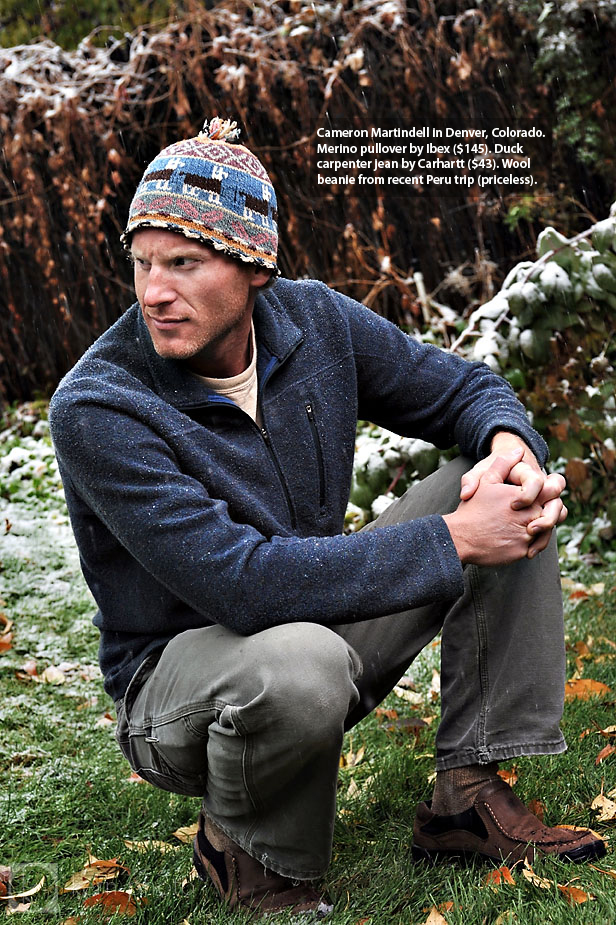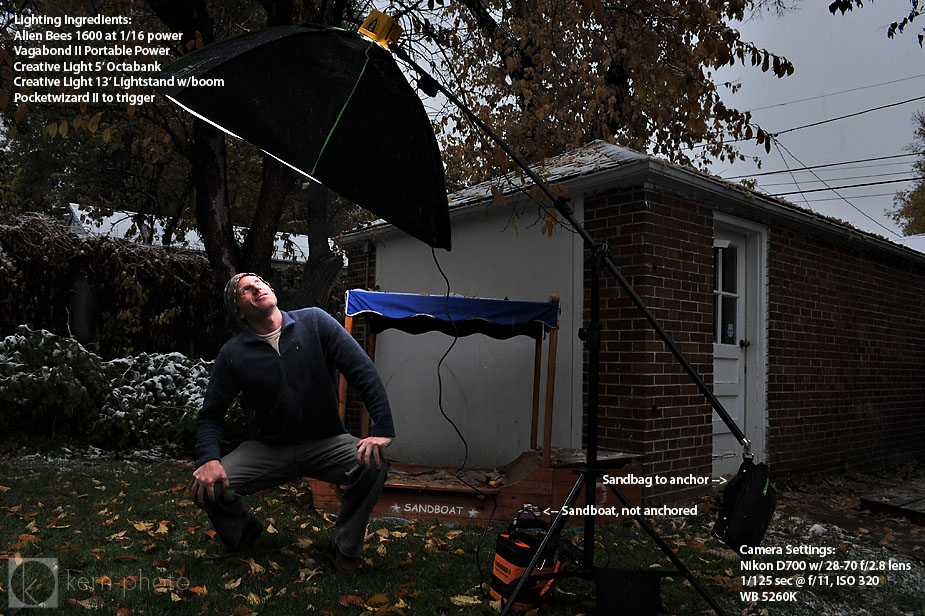Creating a ‘Natural Look’ using Flash
Outdoor clothing rules. Not just functional, well-designed clothing inspires adventure and a utilitarian spirit.
Fifteen years ago, I worked with Cameron as a guide at Camp Sheppard, a high-adventure camp. We spent summers guiding backcountry trips with the Boy Scouts, leading skits, and reenacting Monte Python (especially when the going got tough). We also stood on the summit of Mount Rainer together, a feat I’ll always remember. This place I call my “stomping grounds.”
Back when The North Face was not owned by Vanity Fair , Cameron donned a blue Denali fleece jacket I thought was soooo cool. I saved for weeks to buy one. I still proudly wear it, thinking of Cam and our summer adventures when I wear it.
Cam paid a short visit as he was passing through Colorado. He’s a no flash kinda guy, but has accomplished some great travel adventures on all seven continents. Cameron writes, shoots, and shares his adventures off yonder on his blog.
Inspired by this morning’s thin blanket of October snow, we busted out the photo equipment and played in the backyard (like kids always do).
Patagonia catalog vs Vanity Fair? I choose the former. While major fashion magazines light their models like crazy, even those with a 100% natural organic feel do much the same, albeit far more subtle. Reverse engineering the light is a tad more difficult. Reflectors work, but only if you have an assistant and a strong enough main light source. But first thing in the morning on a snowy day, your main light source chose to sleep in.
A goal this morning wasn’t to create an image with drama, but rather an 100% organic, natural feel you’d find in Boulder….one where artificial light wasn’t apparent, but still played a crucial component in the final image. Here’s the final shot as it might appear in publication:

Had I not used a flash, his eye sockets would have been dark caves, thanks to the super dim overhead sky. However, I wanted a similar feel that could have been created from the sky, so I positioned a large light source light directly above him, feathering the strobe at just the right angle. Why feather the light from a softbox? The light on the edge of the softbox is softer than at the center. Also, feathered light adds “natural-looking” shadows.
While balancing a flash ambient is easy, making it look natural isn’t. Which is why bigger can be better (right, hun?). Hence, I enlisted the help of a big light on a stick. To really see the light, I stopped down just so you can ‘see the light.’ Here’s the recipe card:

Next time you’re flipping through magazines, have a look at not only the quantity of light, but more importantly, the quality. You may be surprised “natural window light” doesn’t have to be coming only from a North Facing window.






5 Responses to “Creating a ‘Natural Look’ using Flash”